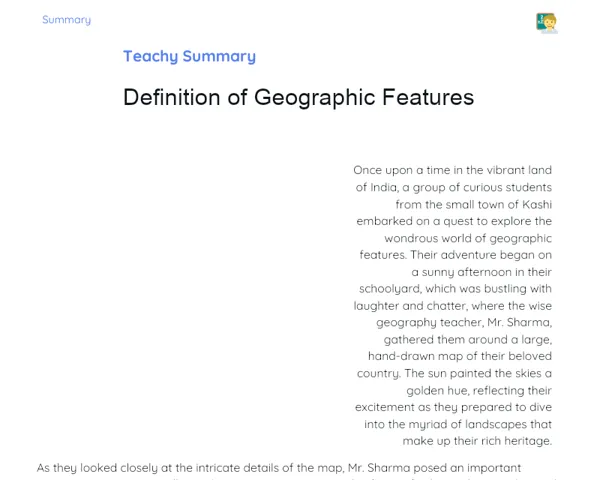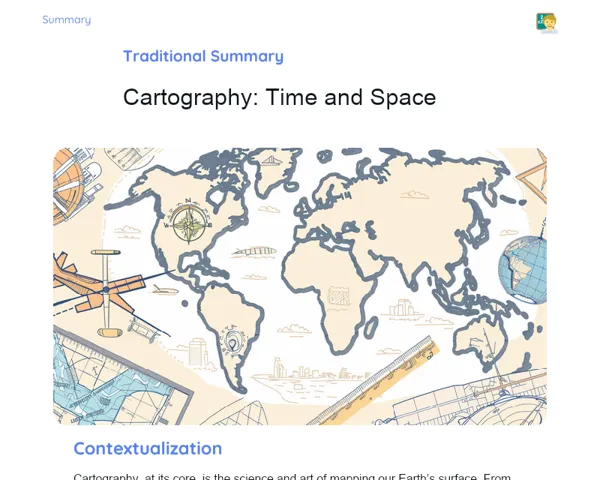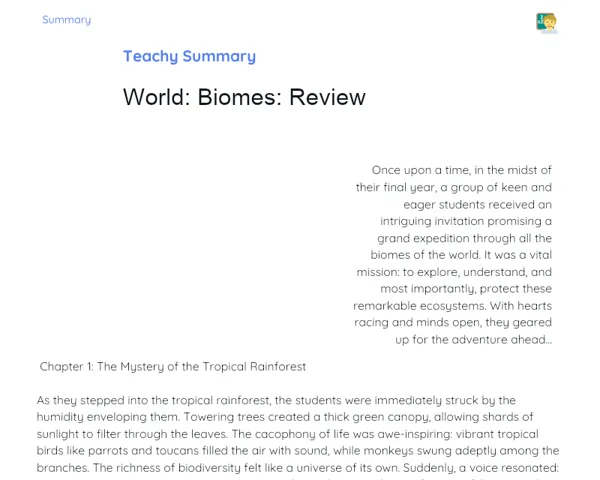Goals
1. Understand the main non-renewable energy sources like oil, coal, and natural gas.
2. Identify the environmental repercussions arising from the extraction, usage, and improper disposal of non-renewable energy sources.
3. Recognize the significance of sustainable management in exploring non-renewable energy resources.
Contextualization
Non-renewable energy sources, such as oil, coal, and natural gas, play an essential role in our economy, accounting for a major share of the energy consumed in India and globally. However, the reliance on these sources leads to serious environmental problems, including greenhouse gas emissions and pollution. For example, burning coal for power generation releases substantial amounts of carbon dioxide, which adds to global warming. Oil spills also devastate marine ecosystems. With sustainability becoming a pressing concern, grasping the impact of these energy sources is crucial for any professional aspiring to work in fields related to the environment, energy, and technology.
Subject Relevance
To Remember!
Oil
Oil is a complex blend of hydrocarbons formed by the decomposition of organic matter over millions of years. It is extracted through drilling and processed into various products such as gasoline, diesel, and plastics. Despite being an efficient energy source, its extraction and use result in significant environmental impacts, including oil spills and greenhouse gas emissions.
-
Economic Importance: Oil is a major driver of the global economy, vital for producing fuels and petrochemical products.
-
Environmental Impacts: Extraction and use of oil can lead to oil spills, contamination of water and soil, and emissions of pollutants.
-
Sustainability: Managing oil sustainably involves techniques to reduce environmental impacts while exploring alternative energy solutions.
Coal
Coal is a fossil fuel created from plant remains subjected to high pressure and temperature over millions of years. It is commonly used in electricity generation and in the steel industry. However, burning coal emits large quantities of carbon dioxide and other pollutants, significantly contributing to air pollution and global warming.
-
Formation and Extraction: Coal is formed from plant remnants and can be extracted through both underground and surface mining.
-
Industrial Uses: Primarily utilized in power generation and steel manufacturing.
-
Environmental Impacts: Coal combustion releases carbon dioxide and other pollutants, leading to air pollution and exacerbating global warming.
Natural Gas
Natural gas is a fossil fuel mainly composed of methane. It is extracted from underground reservoirs and is often viewed as a cleaner energy option in comparison to oil and coal. It finds extensive use in heating, electricity generation, and as fuel for vehicles. Nonetheless, the extraction process can create environmental problems, including groundwater contamination and the release of methane, a potent greenhouse gas.
-
Composition and Extraction: Mostly made up of methane, natural gas is extracted from underground reserves.
-
Uses: Employed for heating, electricity production, and as a fuel for automobiles.
-
Environmental Impacts: Its extraction can lead to groundwater contamination and releases methane, which is a powerful greenhouse gas.
Practical Applications
-
Case Study: Investigate the environmental impacts of an oil spill and the methods used to address it.
-
Employment Example: Environmental consultants working to evaluate and alleviate the impacts of coal mining activities.
-
Practical Project: Create a sustainable management plan for a natural gas power plant to minimize methane emissions.
Key Terms
-
Oil: A blend of hydrocarbons extracted from beneath the earth, refined into a range of products.
-
Coal: A fossil fuel derived from plant remains, used for generating electricity and manufacturing steel.
-
Natural Gas: A fossil fuel primarily made up of methane, utilized for heating and electricity production.
-
Environmental Impacts: Adverse effects caused by human activities on our environment.
-
Sustainability: Practices that fulfill current needs without jeopardizing future generations' ability to meet their own needs.
Questions for Reflections
-
How does reliance on non-renewable energy sources shape the future economic and environmental landscape of our planet?
-
What are the key obstacles to shifting from non-renewable to renewable energy sources across various sectors?
-
In what ways could sustainable management of non-renewable energy resources help mitigate environmental repercussions?
Environmental Impact Mitigation Plan
Draft a plan aimed at lessening the environmental impacts associated with the extraction and use of a chosen non-renewable energy source.
Instructions
-
Select a non-renewable energy source (oil, coal, or natural gas).
-
Investigate the primary environmental impacts tied to the extraction and use of this energy source.
-
Outline at least three strategies to reduce these impacts.
-
Create a comprehensive plan incorporating the mitigation strategies, required resources, and possible challenges.
-
Present your plan in a report format, including visuals like graphs or diagrams to better communicate your solutions.



